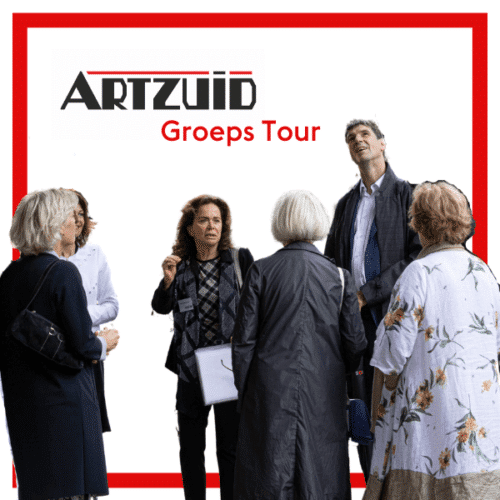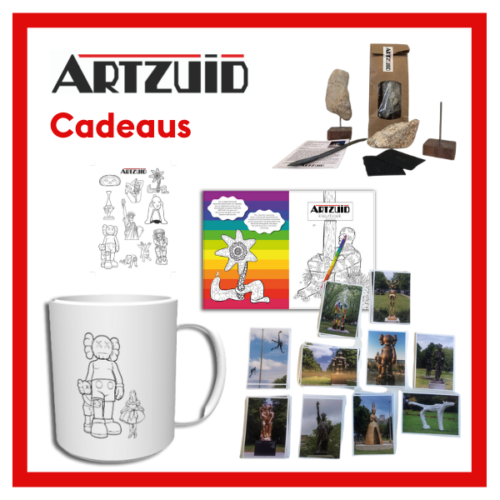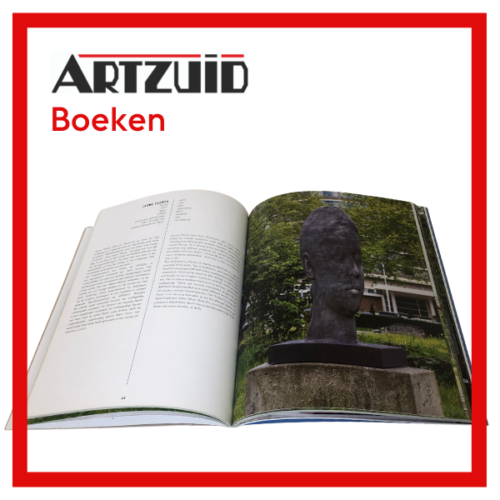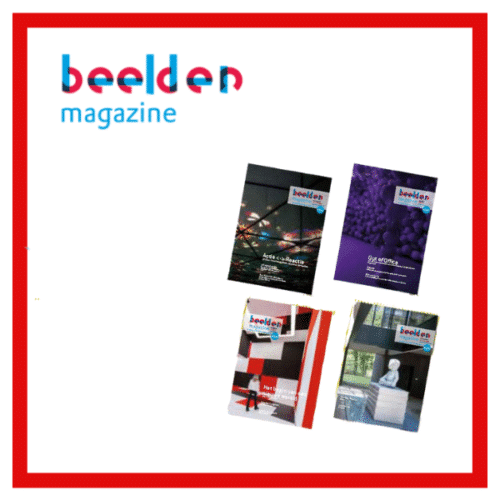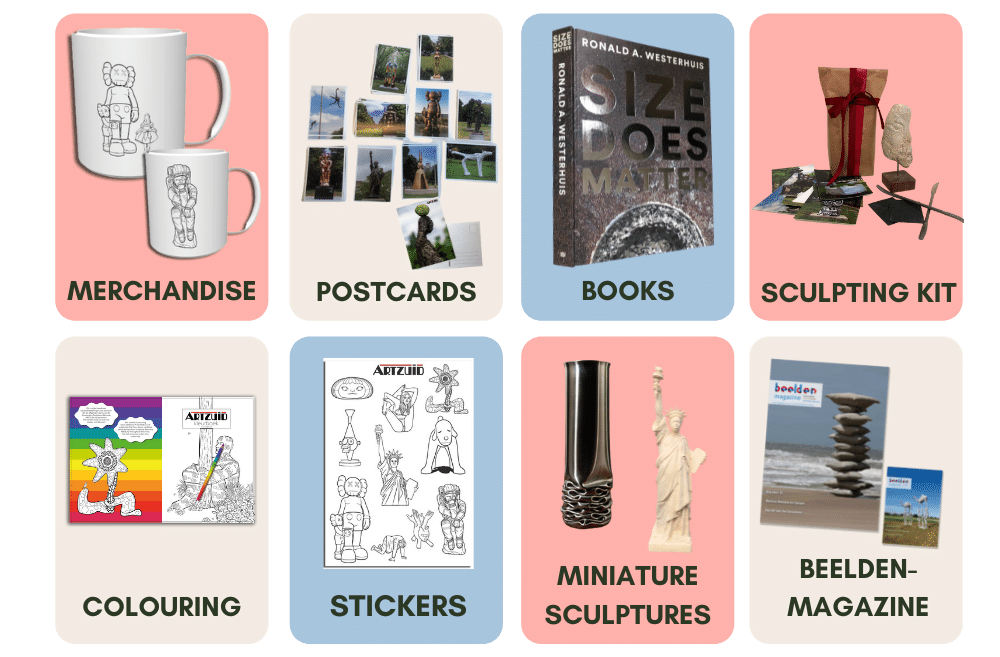Name: Gery De Smet
Born: Belgium, 1961
ARTZUID edition(s): ARTZUID 2023
About Gery De Smet
Zot worden aan zee/Going insane by the sea by the Flemish artist Gery De Smet is a sculpture intended for public space. It enters into an immediate dialogue with passers-by. The title can be explained in several ways. In Dutch language you often use very short words to quickly get to the essence of what you are trying to say. The title which includes 2 “Z”s refer to the two loops that are used in the sculpture.
De Smet uses a ‘family tree’ to clarify his work as an artist. The largest branch symbolizes his painting, the twigs represent the series of his canvases. He has given each series a name: Study of Ideologies, Ways of Living, Hidden Signs, etc. This also applies to the branches of his installations, ceramics, films, and graphic work.
During his training at the Royal Academy of Fine Arts and later the Higher Institute, both in Antwerp, he started combining different art disciplines with each other. For one of his works, he placed small paintings of Formula 1 circuits in a figure of eight, thereby arriving at a dynamic form. He subsequently painted these racing circuits in a large bird’s eye view. Later turning them into small landscapes: circuits made from clay which he later sprayed with car paint or baked into ceramics. He eventually came up with a model in which he created benches in the eight shapes, both from inside and around it.
To De Smet eight is a universal sign, to Westerners 8 is a sign of infinity, in Japan it is a sign of good luck. The use of the colour turquoise gives the 8 its own story; it refers to the sea. It is a colour that often appears in his work. Its use is reminiscent of the artist’s memories of Antwerp’s Linkeroever, where as a child he looked at the bronze, turquoise domes of the Hansahuis on the opposite side of the Scheldt.
De Smet’s work often deals with the necessity and misuse of myths but also with nature and its symbolism. In general, he questions the relativity, interchangeability, and appropriation of history. A quest that you could describe as an investigation of established traditions.



